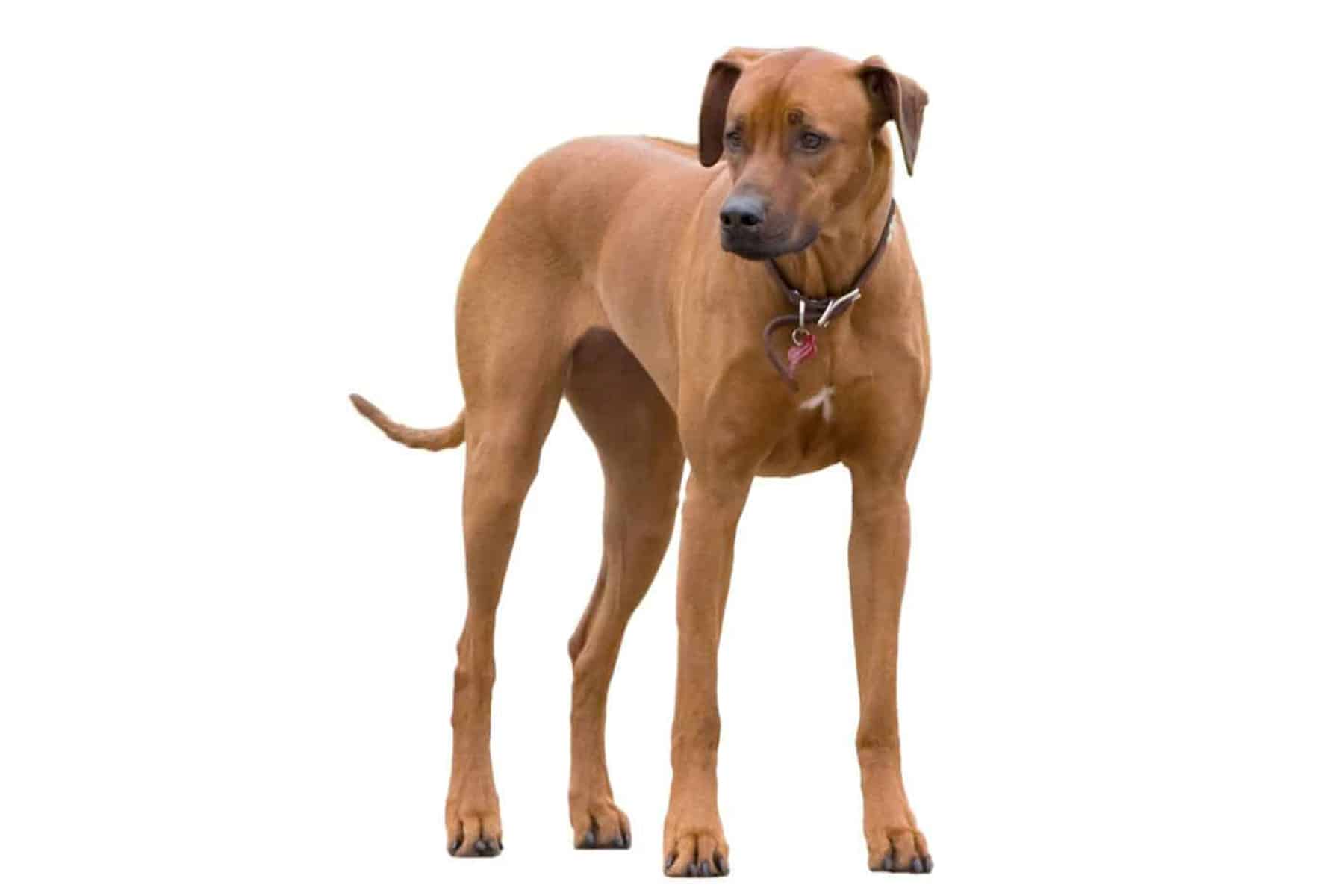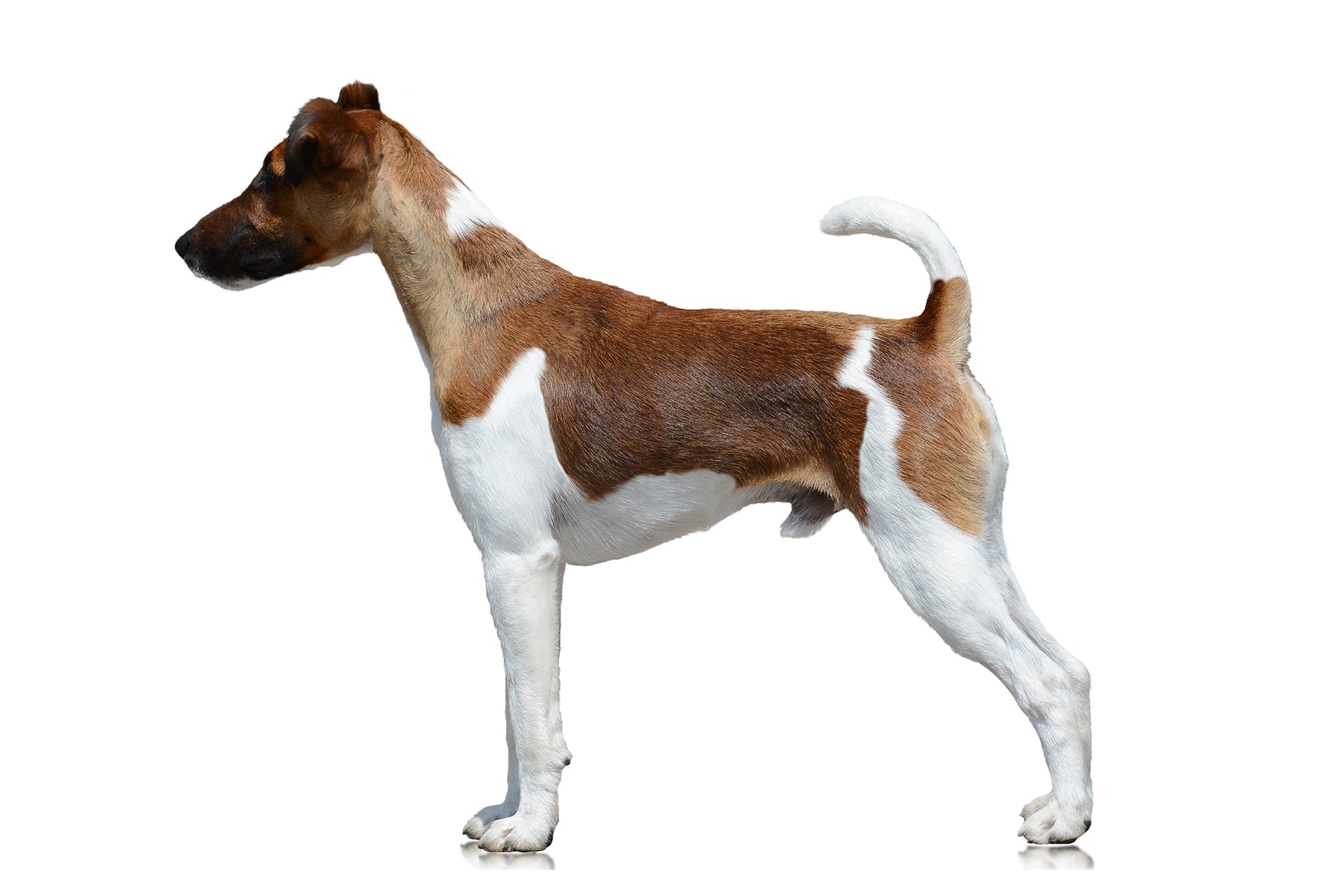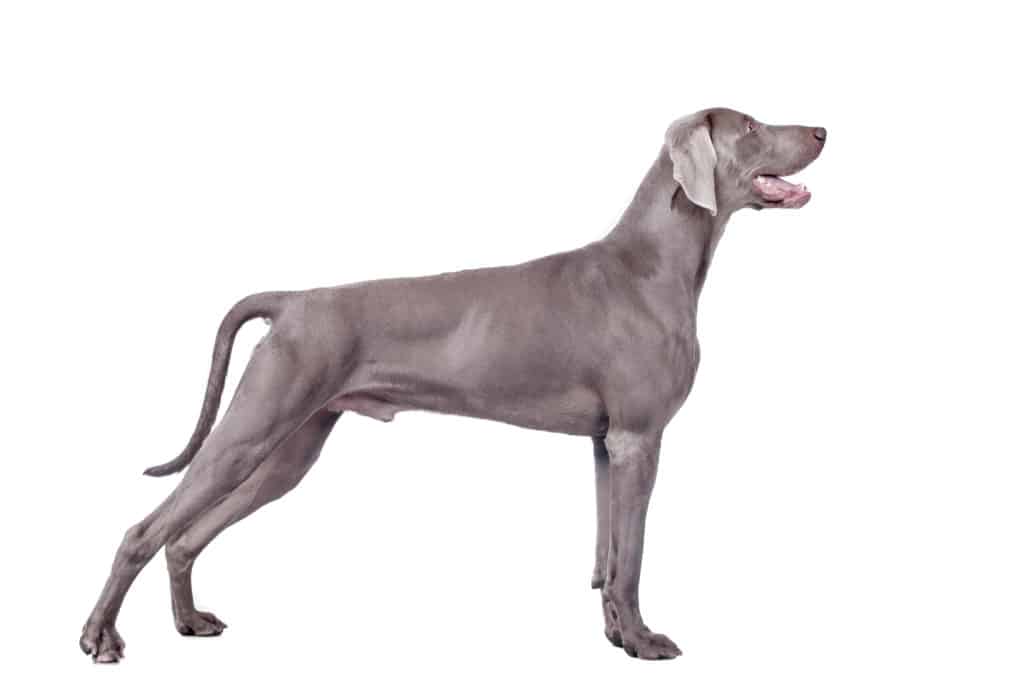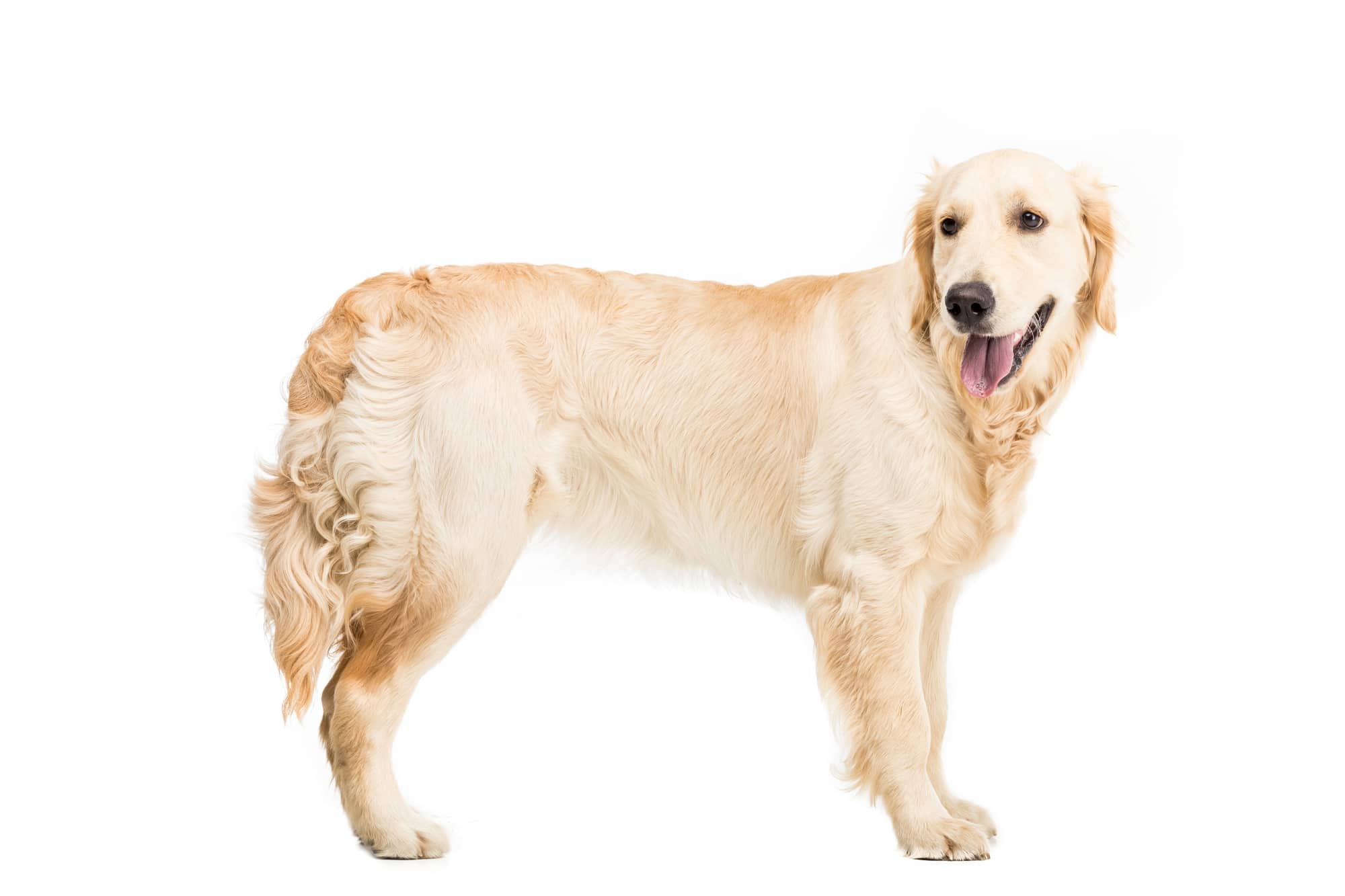Patterdale Terrier
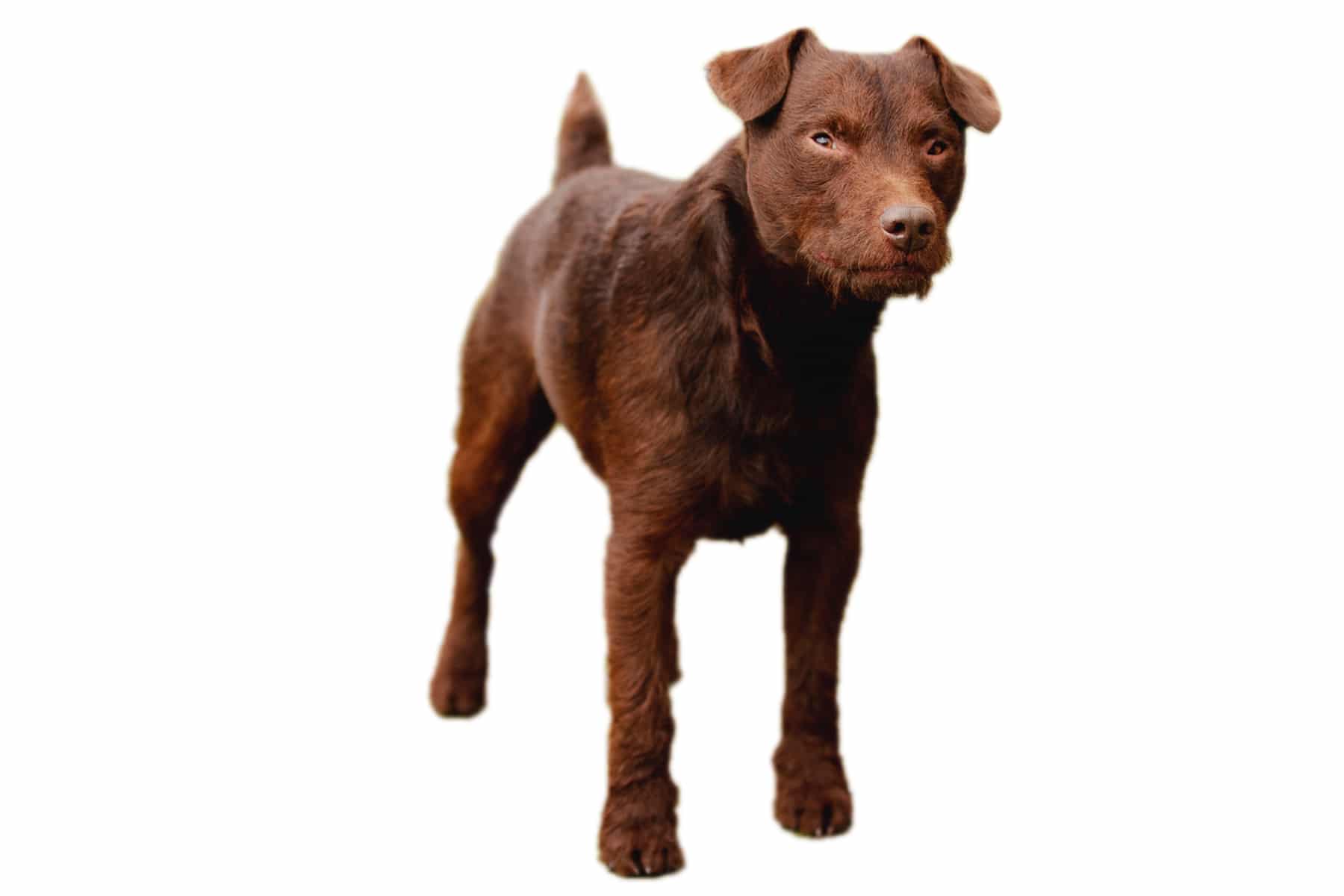
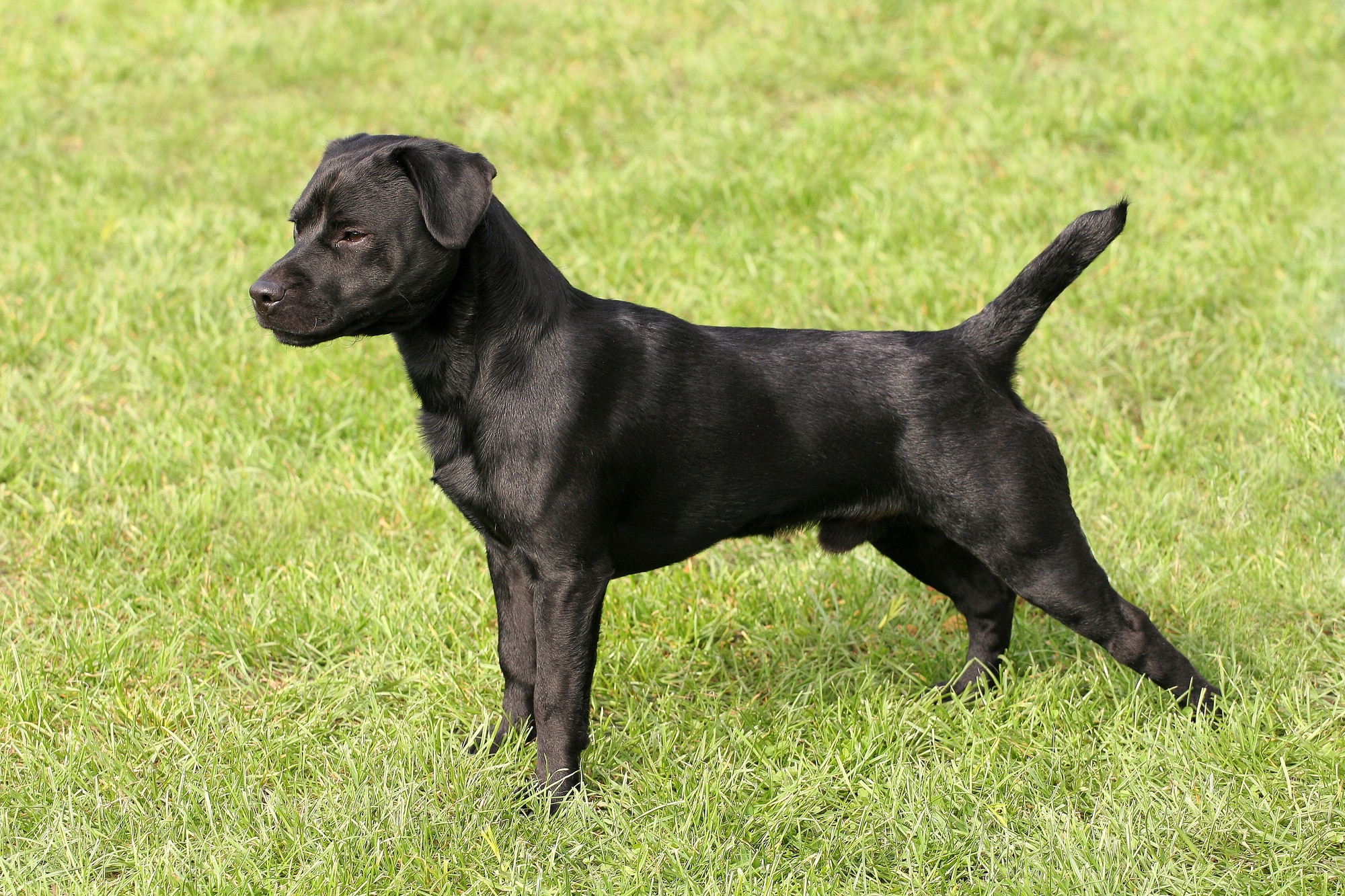
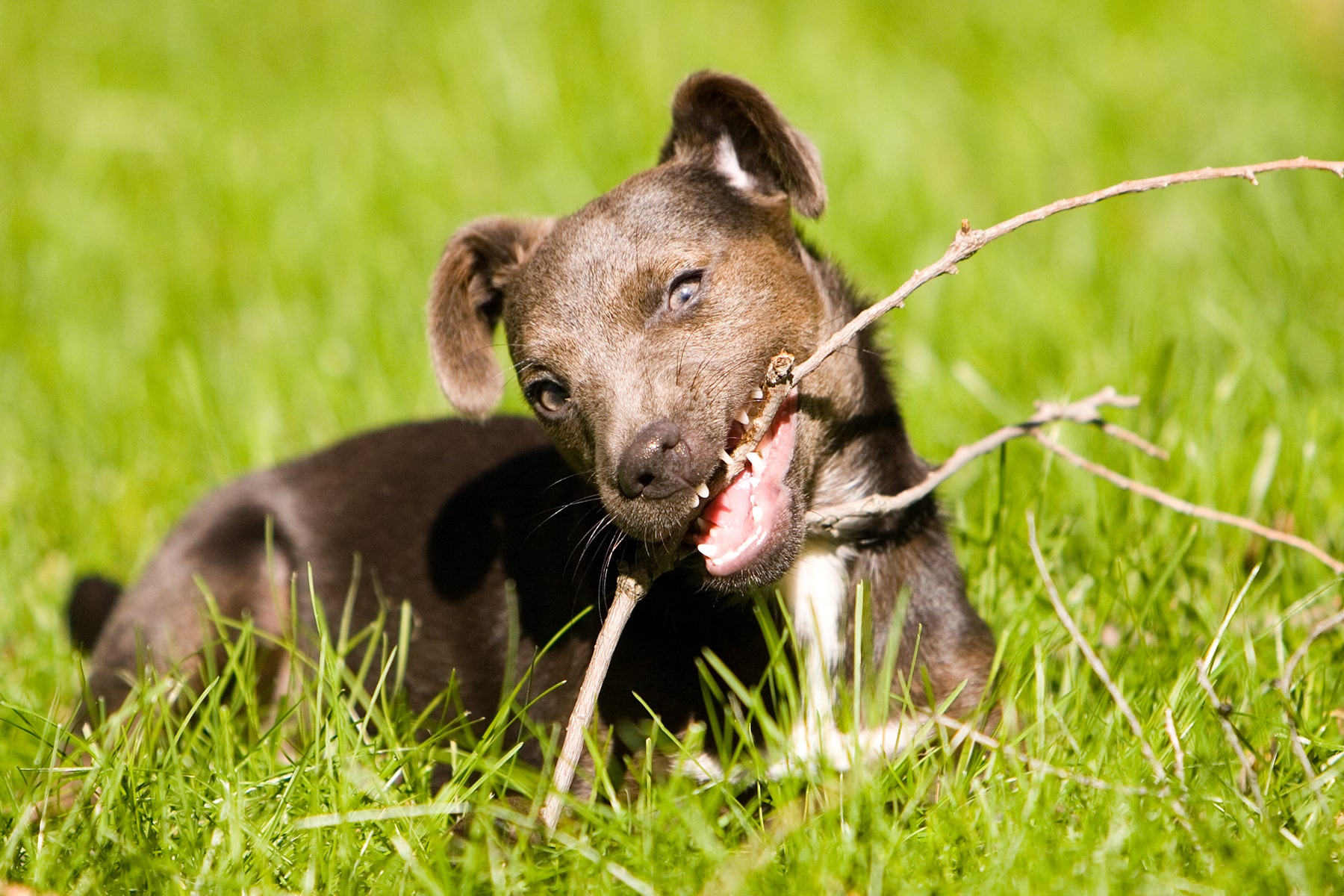
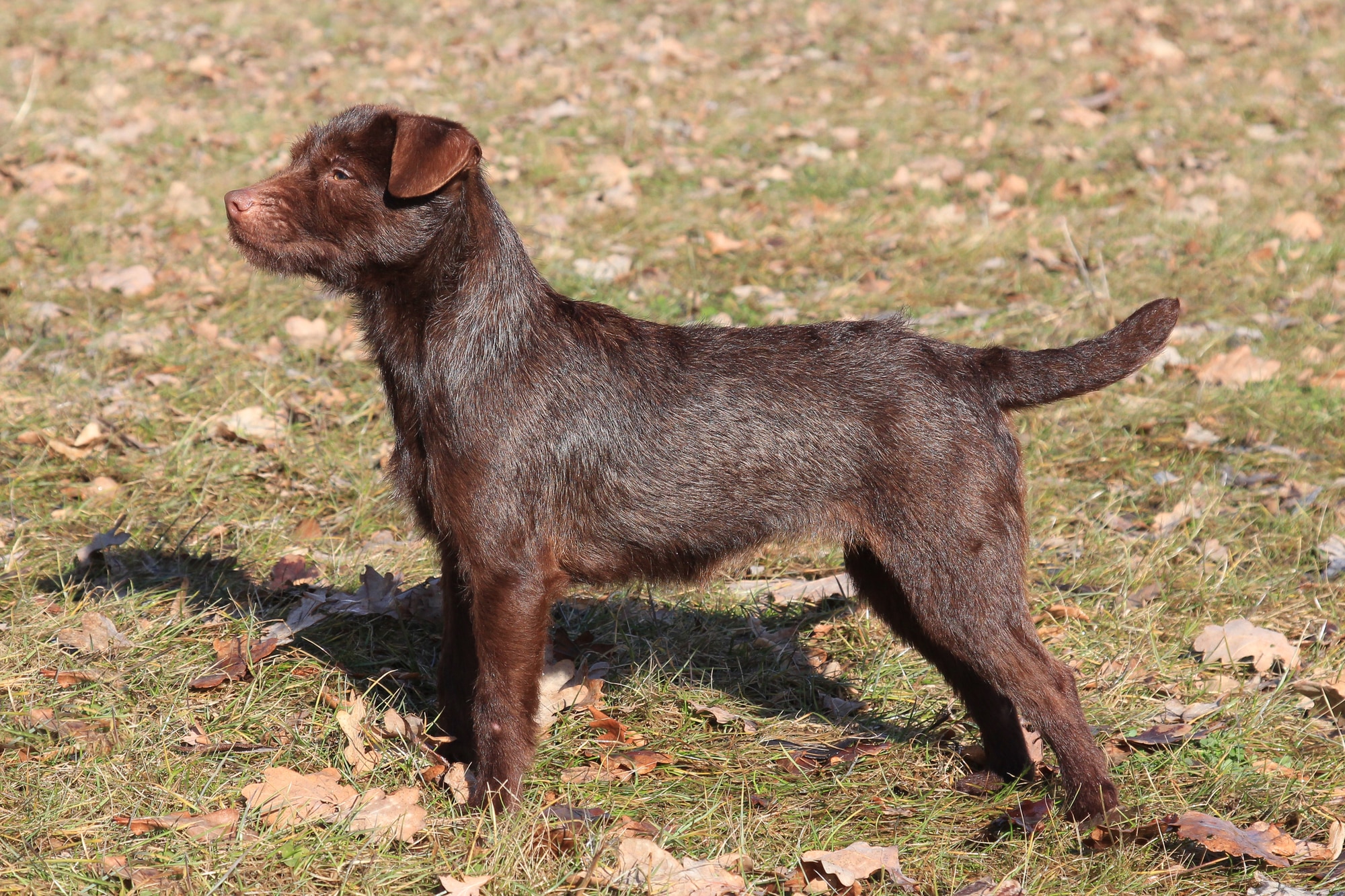
Temperament:
The Patterdale Terrier, also known as the fur terrier or black terrier, is a small hunting dog that was bred specifically for hunting foxes and badgers because of its compact size. In America, this breed is also very popular as a companion dog.
Characteristics
The Patterdale Terrier is a British dog breed that is neither recognized by the FCI nor the AKC. However, it has been recognized by the UKC since 1995.
As the Patterdale Terrier was designed more for utility than appearance, its appearance is very varied. To 95%, however, they are black.
They are also available in chocolate, gray, red and black and tan. Occasionally they have white paws or a white chest. A typical characteristic of terriers is their drooping, triangular ears. The coat is short and smooth to shaggy.
Depending on the breed, the Patterdale Terrier differs not only in appearance but also in character. However, they all have one thing in common: lots of energy, strong self-confidence and a pronounced hunting instinct.
If he seems calm and relaxed at home, he turns out to be a real bundle of energy outdoors, which is why only an owner with sufficient dog experience is recommended. He needs consistent training and is not a beginner's dog.
In general, he is a very affectionate family dog. He gets on very well with children and can play with them for hours due to his high energy levels. The only important thing is that this small, active terrier gets his daily exercise so that his hot temperament can cool down a little.
A Patterdale Terrier needs plenty of exercise and activity when it is not being led on a hunt. Activities such as disc dogging, dog dancing, obedience, agility or tracking would be a good alternative for the little bundle of energy. These little four-legged friends are also ideal for protection or competition dog sports.
Pets, especially rodents or cats, should not live in the household due to its strong hunting instinct.
It is also advisable to keep him on a lead when out on walks. As soon as he smells something, there's no turning back. He resolutely ignores whistles or calls with his stubborn head.
For these reasons, the Patterdale Terrier needs an owner who has a very good and long stamina. A particularly strict approach would only turn him into a stubborn dog. Sensitivity and consistency are the be-all and end-all here. He may be small, but he has the heart of a lion.
Coat care:
Shedding:
Energy level:
Trainability:
Children suitable:
The right food
When choosing food, make sure that it contains high-quality ingredients, is balanced and meets your dog's requirements. Age, size or weight, activity and health status play an important role. You should follow the manufacturer's recommendations for the amount of food.
Treats should only be fed in moderation and deducted from the basic diet to avoid obesity.
Puppies can be fed 4-6 times a day. The number of meals should be gradually reduced to 2 per day until the dog is fully grown. A rest period should be observed after meals.
Fresh drinking water should be available at all times.
Health & Care
Although the Patterdale Terrier has a short coat, it sheds a relatively large amount of hair. Daily brushing is therefore recommended. Otherwise, grooming is very unproblematic as it has neither wrinkles nor an excessive amount of undercoat.
Grooming his eyes and ears should also be a regular ritual right from the start so that he gets used to it and it doesn't become unpleasant.
Intensive stroking, petting and grooming strengthens the bond. Even free-living dogs groom each other in packs.
Ear care is also particularly important for Patterdale Terriers, as they have drooping ears. Parasites and ear infections are more common here. Also make sure that no dirt gets into the ear canal.
It is best to have a quick look in your four-legged friend's ears once a day to avoid pain for your pet. Healthy ears are clean and well supplied with blood.
If he frequently shakes his ears or rubs his head on the floor, this may be an indication of pain or itching. In this case, a vet should be consulted.
Suitable accessories
As the Patterdale Terrier is a very active companion and loves variety in play, many play opportunities are ideal.
Thanks to his hunting instinct, he really enjoys searching and retrieving, for example. Hide and seek games are also very popular. Simply everything where he can use his nose.
You could also keep him entertained with a ball sling. That way he can really let off steam and you won't get too out of breath.
Cycling with an appropriate harness would also be a way of really exercising him. However, you shouldn't rush him. If he wants to sniff or slows down, you should adapt to his pace.
As with all other small dog breeds, a harness is more suitable for the Patterdale Terrier than a conventional collar to prevent too much pressure being exerted on its thin neck.
You will also need the following accessories for your dog: lead, dog basket or dog mat as a place to retreat, water and food bowl, tick tweezers, claw clippers, mild dog shampoo, brush and comb, toothbrush and toothpaste for dogs, transport box for transportation in the car and a first aid kit. It is best to ask your vet what belongs in the first aid kit.
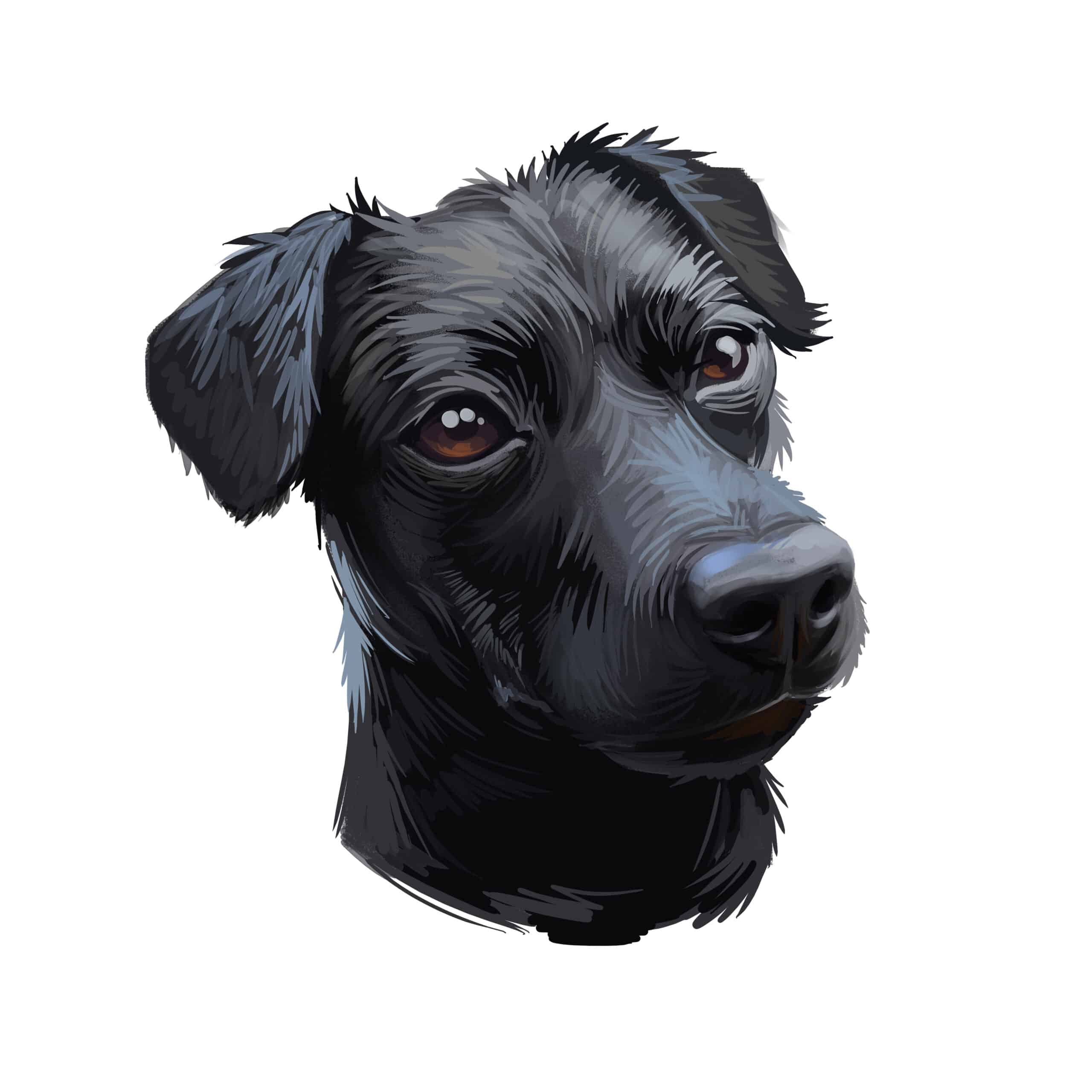
Origin & History
Not much is known about the Patterdale Terrier. Its home is England, more precisely northern England. There is a place of the same name called Patterdale in Cumberland. The Patterdale Terrier first appeared around 1800.
At that time, they were bred for hunting foxes, rats and badgers to track them down and kill them.
It was not until 1978 that the first small terriers arrived in America, where they are still very popular and well-known today.
In other countries, this dog breed is not yet popular or widespread, but rather rare and relatively unknown.
To this day, the Patterdale Terrier is not recognized by the FCI or the AKC.
